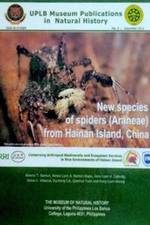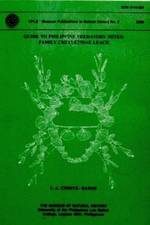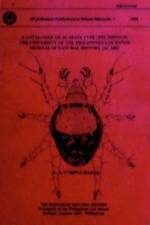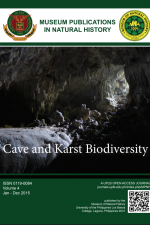Journal
In the past, the museum has published the UPLB Museum Publications in Natural History, a refereed scientific journal with special focus on systematics/ taxonomy, ecology, evolution and biogeography. Its purpose is to promote the mission and vision of the museum and foster understanding, discussion and appreciation among scientists, researchers, students, conservationists and other members of the academe on the abovementioned fields and other related research interests.
The publication sought papers which provided perspectives on natural history and tropical biodiversity as well as information and research outputs that will aid researchers on better taxonomic identification and systematics. In addition, the journal also provides a good venue for budding researchers to publish and promote their work. Four issues have already come out, the last one published in late 2015.
In 2018, the museum decided to reintroduce the peer-reviewed scientific journal under a new name: Laksambuhay, The UPLB Journal of Natural History, with the official short name (instead of an abbreviation) Laksambuhay.
It continues from the UPLB Museum Publications in Natural History, which the UPLB Museum of Natural History has been publishing occasionally since 1998.
The adoption of the new name, however, highlights our heightened desire to become more visible to the increasing number of followers and comrades in the biodiversity sciences and the basic integrative biological disciplines, as well as to be more relevant and responsive to the changing times and social and natural environments.
VISIT OUR JOURNAL
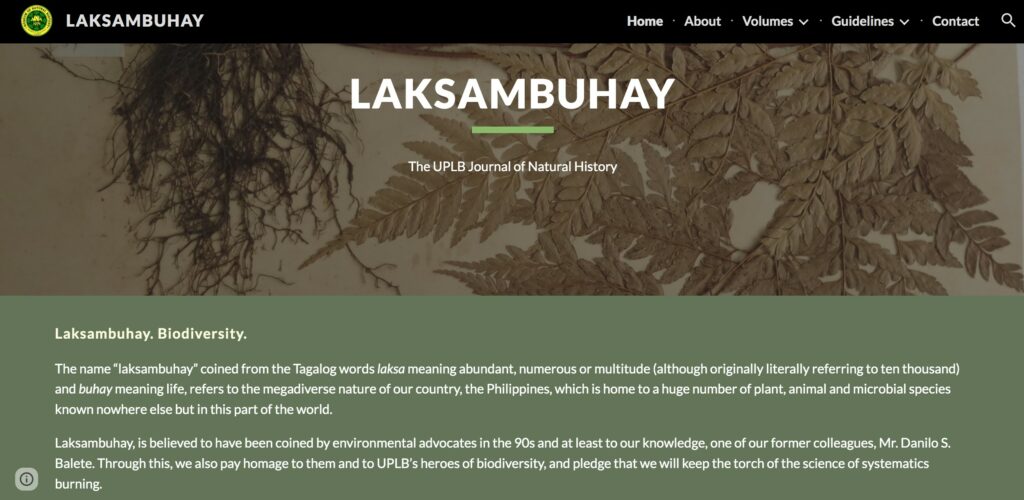
Our journal’s name “Laksambuhay” is coined from the Tagalog words laksa meaning abundant, numerous or multitude (although originally literally referring to ten thousand) and buhay meaning life, refers to the megadiverse nature of our country, the Philippines, which is home to a huge number of plant, animal and microbial species known nowhere else but in this part of the world.
On a more regular basis, the journal publishes scientific papers that provide perspectives on natural history and tropical biodiversity as well as information and research outputs that will aid researchers on better taxonomic identification and systematics.

